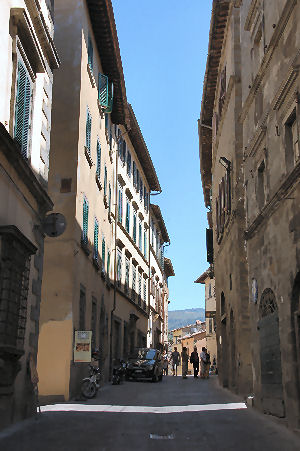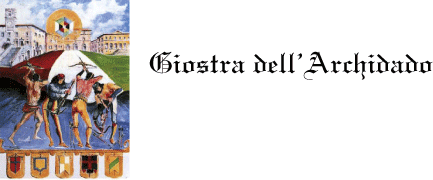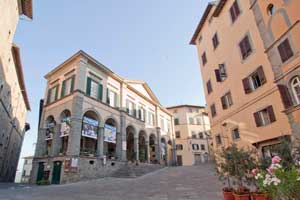In the Middle Ages and under the domination of the Casali family, the town of Cortona was divided in neighbourhoods called “borghi”: Borgo S. Vincenzo, Borgo S. Marco and Borgo S. Maria, which were respectively representatives of the “sigillo della Moneta” (seal of money), the “sigillo del Comune” (seal of territory) and the “sigillo del Popolo” (seal fo people). They constituted the so-called “Terzieri”, having a political and administrative function.
In the period going from the domination of the Casali family to the last century, there have been many changes in the internal organisation of the different quarters.
It is commonly known that during the first postwar period the activity of quarters was mainly devoted to the preparation of particular illuminations, which were mounted on entrance gateways and along the streets. During the 1960s this activity was then used to promote new events, the most important of which was the “Carro Fiorito” (flower cart). This event was quite demanding in terms of perseverance, creativity, time and labour.



















































































